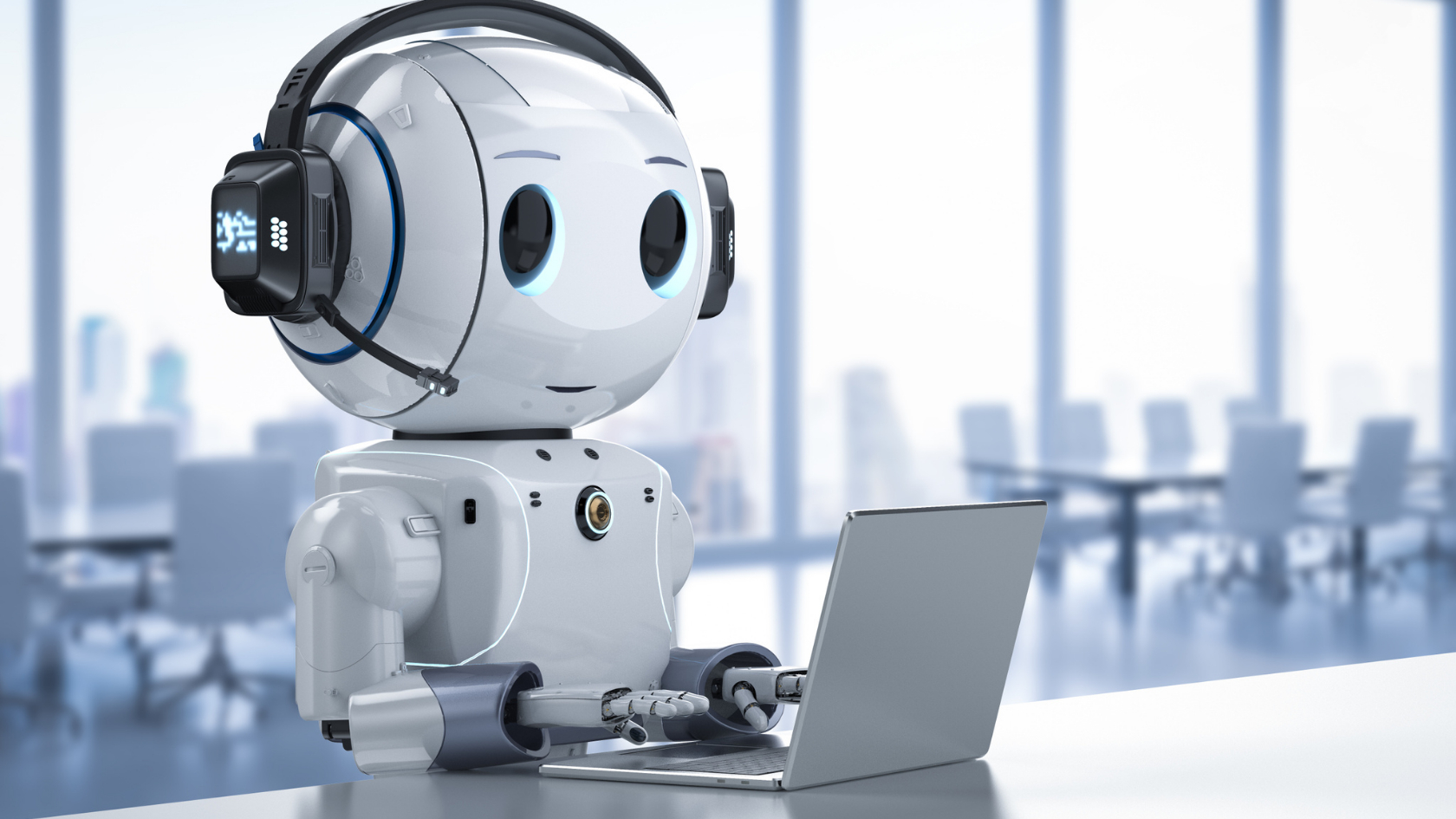In today’s fast-paced business environment, change is not just inevitable; it’s essential. One of the most significant shifts we’re witnessing is the rise of artificial intelligence (AI) and its application within the workplace.
AI chatbots, in particular, are revolutionizing how companies interact with customers and streamline internal processes.
As a change leader, you play a crucial role in guiding your organization through this transition. In this comprehensive guide, we’ll explore key strategies for successfully implementing AI chatbots in your workplace.

Understanding AI Chatbots
Before diving into implementation strategies, let’s define what an AI chatbot is. An AI chatbot is a software application that uses natural language processing (NLP) and machine learning to simulate human-like conversations with users.
These bots can handle various tasks from answering frequently asked questions to facilitating transactions or providing real-time support.
We’ve used an AI chatbot on our site. This website was created by iindigo, and they added the AI bot using ChatRealtor.
When setting it up, the platform scanned our website to learn all about our business and read all of our blogs. It’s probably more of a change expert than anyone on the team!
Assessing Your Organization’s Readiness
The first step toward implementing an AI chatbot is assessing your organization’s readiness for such technology.
This involves evaluating existing technical infrastructure, workforce adaptability, and overall company culture towards innovation.
Technical Infrastructure: Do you have the necessary systems and platforms to support an AI chatbot? Consider compatibility with current software and any upgrades needed. Fortunatly, if you use modern platforms such as ChatRealtor it’s very easy to set up, you just need to create the AI bot and using code embed it onto your website.
Workforce Adaptability: Are your employees open to working alongside digital colleagues? Training may be required to help them understand and embrace this new tool as when a ‘bot get’s stuck it will hand over the visitor to a human to better handle the situation.
Company Culture: Does your company culture foster innovation? A forward-thinking mindset will facilitate smoother integration of new technologies like chatbots. If not, you may face resistance to change as workers assume you’re attempting to replace them.
Setting Clear Objectives
Having clear objectives for what you want your AI chatbot to achieve is critical:
Customer Service Enhancement: If improving customer service response times or availability is a goal, measure current benchmarks, so you can track improvement post-implementation.
Lead Generation: For encouraging visitors to your website to register as an interested lead, so you can follow up with them and try to convert them to being a client.
In more advanced platforms you can give written instructions to guide how you want your AI assistant to react to visitors, for example steering it towards generating leads.

Choosing the Right Chatbot Platform
There are numerous platforms available for creating AI chatbots. When selecting one for your business needs consider:
- Customization Level: How much control do you need over the bot’s responses?
- Integration Capabilities: Can it easily integrate with existing CRM systems or databases?
- Scalability: Will it be able to grow as your business needs evolve?
We’re loving our new AI assistant. When someone interacts with it we can check the conversation that takes place, ensuring the answers provided are correct, and guiding it on what to say where it’s struggled with a reply.
The platform also integrates well with calendly, if you request a consultation you’re able to book a slot directly in the chat window, rather than being redirected somewhere else.
Finally, it’s easily scalable. It’s provided by a 3rd party, rather than us having to look after the technology on our own servers.
Designing Your Chatbot Experience
In traditional chatbots you would have to do a LOT of manual work to get it up and running:
1. Map out potential conversation flows.
2. Ensure responses sound natural – consider employing conversational designers if necessary.
3. Plan for misunderstandings – design ways for the bot to seek clarification when needed.
These first two elements have now been elimated with the introduction of AI language models. These modern AI chatbot platforms can be trained using your files, website or Q&A documents. It combines these with AI models to give your visitors a ChatGPT like experience, but where they can ask questions about your business, pricing, services, or anything else you’ve trained it on.

How Can Change Management Principles Help in Implementing AI Chatbots in the Workplace?
In implementing AI chatbots in the workplace, change management principles are crucial. Unlike project vs change management, change management focuses on the human side of change, ensuring employees understand and embrace new technology. By addressing concerns and providing training, change management helps smoothen the integration of AI chatbots.
Managing Change Effectively
As with any technological implementation, managing change effectively will determine success:
- Communicate clearly about why the change is happening.
- Involve stakeholders early on – get buy-in from those who will use or be affected by the bot.
- Provide training sessions, so employees feel confident using or working alongside the new technology.
Measuring Success & Iterating
Once implemented:
- Track performance against pre-set objectives using metrics like resolution time or customer satisfaction scores.
- Gather feedback from users and employees alike – their insights can help improve bot functionality.
- Iterate based on data collected – continuous improvement should be part of any tech deployment strategy.
By following these steps carefully while remaining agile enough to adjust as needed throughout implementation stages – organizations can ensure they fully leverage capabilities offered by modern-day innovations such as artificial intelligence-powered virtual assistants without causing undue disruption within their workforce dynamics nor compromising quality standards expected by clients/consumers today!
Implementing an effective change management strategy around introducing an AI-driven solution like a corporate-level conversational agent isn’t merely about keeping up technologically; it represents proactive leadership thinking ahead curve ensuring sustainable growth via optimized operations both internally amongst staff members and externally facing client-facing roles too!





